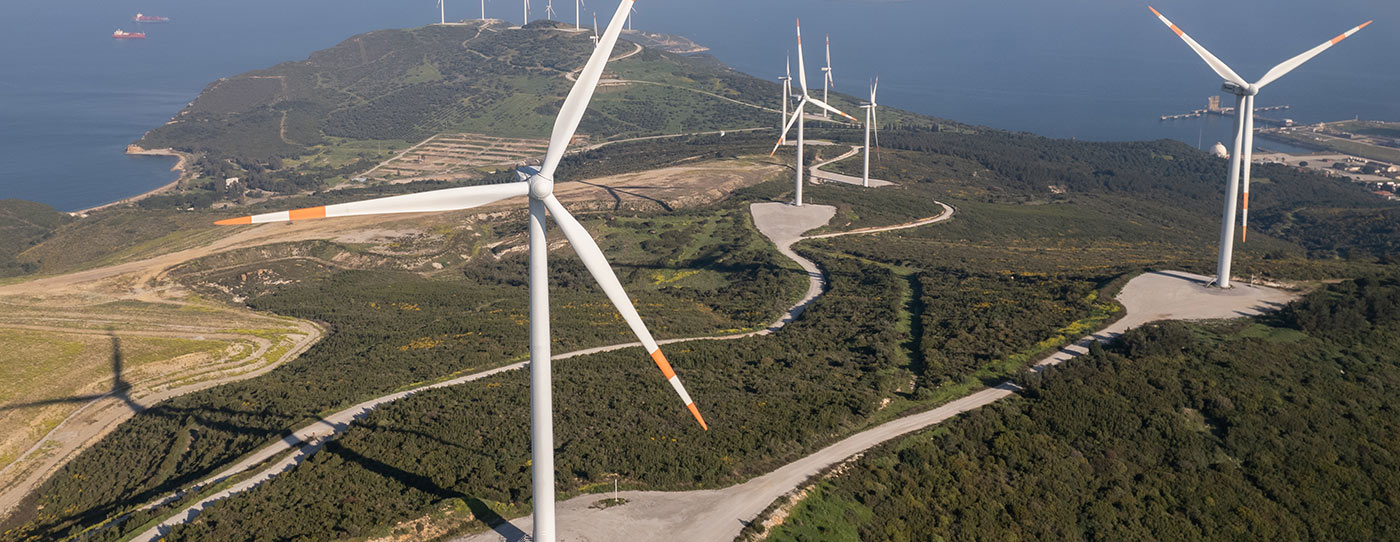
What is “Just Transition” in Sustainable Transformation?
What does “just transition” mean? When did this concept originate?
To address pressing environmental challenges such as climate change, pollution, and the rapid decline of biodiversity, nations and businesses must transition to greener, resilient, and climate-neutral economies and societies. In keeping with our goal of limiting the global average temperature rise to 1.5°C, we aim for sustainable, green, and inclusive economic growth to decarbonize our economies. This is where the concept of “just transition” comes into play. Adopted as a declaration at the United Nations Climate Change Conference in Scotland, this concept argues that no one should be left behind, especially those working in carbon-intensive industries and manufacturing sectors, cities, and regions, in the transition to net zero-emission economies.
This concept, which emerged in the 1980s, builds on the work of labor unions and environmental justice initiatives that have highlighted the need to phase out industries that harm workers, public health, and the planet. It consists of visionary and uniting principles, processes, and practices to transition to a regenerative economy. The concept of just transition, which argues that a healthy economy and a clean environment can and should coexist, means making the economy green “for all”, creating decent job opportunities, and leaving no one behind.
At this point, the climate, energy, and environmental issues that need to be provided with justice come up. So, a just transition combines energy with climate and environmental justice. How? Simply put, emissions reduction practices and sustainable development policies have a significant role in the fight against climate change. Furthermore, ensuring climate justice is also essential; actions taken to prevent human victimization are included in the just transition concept. In short, a just transition requires green growth, decent work, and economic prosperity toward net-zero emissions. At this point, the climate, energy, and environmental issues that need to be provided with justice come up. So, a just transition combines energy with climate and environmental justice. How? Simply put, emissions reduction practices and sustainable development policies have a significant role in the fight against climate change. Furthermore, ensuring climate justice is also essential; actions taken to prevent human victimization are included in the just transition concept. In short, a just transition requires green growth, decent work, and economic prosperity toward net-zero emissions.
“The concept of just transition, which argues that a healthy economy and a clean environment can and should coexist, means making the economy green “for all”, creating decent job opportunities, and leaving no one behind.”
Why do we need a “just transition”?
This concept includes making the green economy functional, sustainably managing natural resources, increasing energy efficiency, reducing waste, promoting social justice, and tackling poverty, inequality, and gender inequalities. Providing many opportunities to achieve social goals, just transition has the potential for sustainable growth in low, middle, and high-income economies. In other words, it has a significant role in laying the groundwork for creating green jobs that can contribute to poverty eradication and social inclusion. Without a just transition, it is challenging for us to achieve a low-carbon, environmentally sustainable economy critical to future generations' well-being.
Why is “just transition” necessary in the energy transition
A just and people-centered energy transition is critical to addressing the current and future challenges of the energy system. The energy transition means that the costs and benefits of a world powered by renewable energy sources are equitably allocated. In fact, this is a complex transformation process linked to technology or the transition to renewable energy sources, but above all, a social and institutional change. Low-carbon energy transitions are already taking place in many countries due to economic factors or health concerns. These transitions are supported and accelerated through climate action policies. The World Economic Forum's “Energy Transformation Index 2022” also recognizes the importance of decarbonization in the transition to renewable energy. The latest Intergovernmental Panel on Climate Change (IPCC) Report highlighted that global CO2 emissions continue to rise at unprecedented levels and seriously affect humanity. Accelerating the energy transition is crucial to achieving our objectives in fighting this crisis. Moreover, a just transition is necessary for a sustainable energy transition. According to Article 7 of the Sustainable Development Goals (SDGs), “Accessible and Clean Energy”, we need to guarantee universal access to energy while implementing the energy transition known as “leaving no one behind”.
SOCAR Türkiye’s commitments to a just transition
As SOCAR Türkiye, while supporting all the SDGs, we identified 8 priority SDGs based on our stakeholder dialogues and global standards set by national and international industry associations. Article 7, “Accessible and Clean Energy” and Article 8, “Decent Work and Economic Growth” are critical for a just transition. As we transition to sustainable energy, we are committed to collaborating with all our stakeholders and customers who may be affected by our new regulations. We act with the approach of “leaving no one behind” in all our activities, from using alternative energy sources to our decarbonization strategy, and we proceed by considering the livelihoods of our stakeholder groups. As a responsible employer, we are always concerned about obtaining support from our human resources, ensuring that processes are managed to prevent job losses. In line with our vision, we develop sustainability strategies to avoid climate change risks arising from greenhouse gas emissions, adapt our business model to the energy transition, and maintain our leading position in the sector by seizing the opportunities brought by this transition. Within the scope of these strategies, we determine our targets related to emission reduction and climate change.